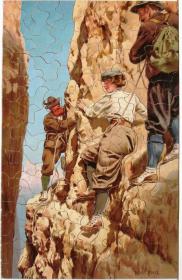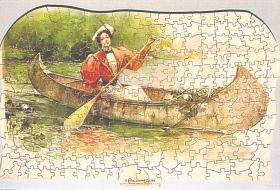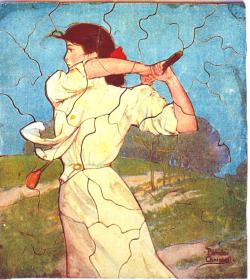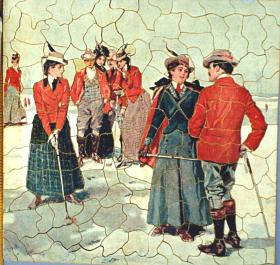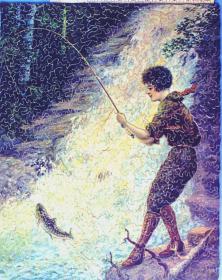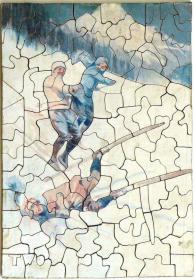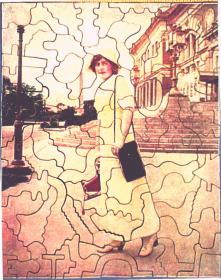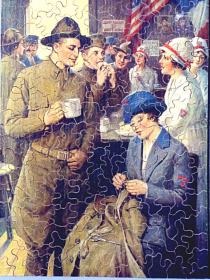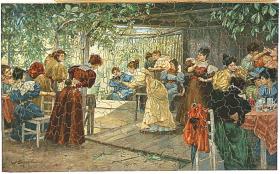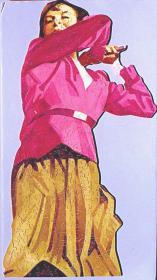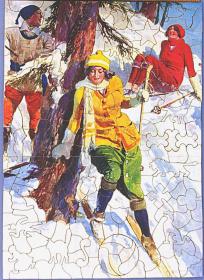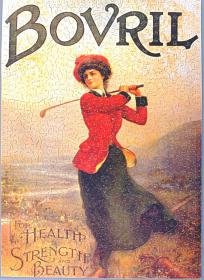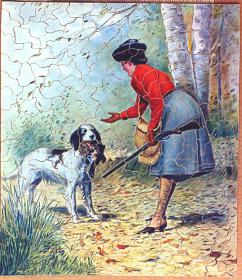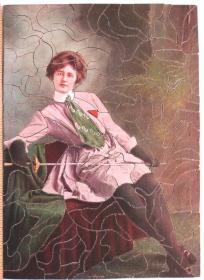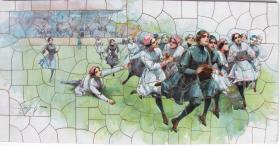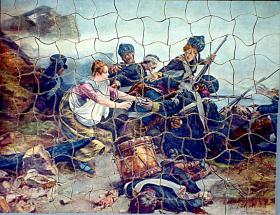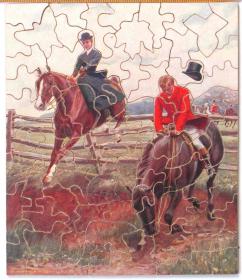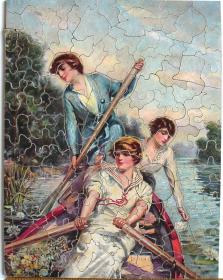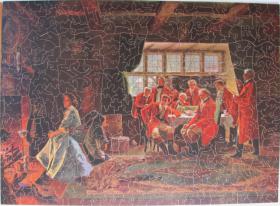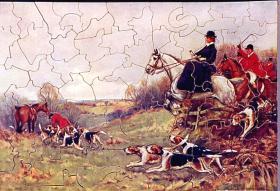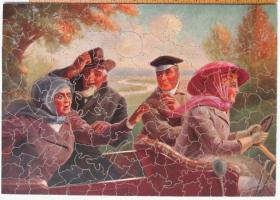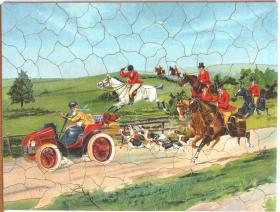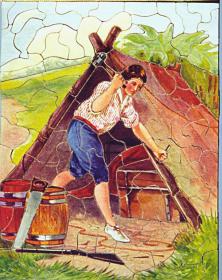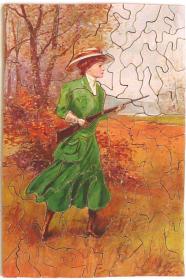Writers in the 1890s and early 1900s described the “New Woman” as an independent and often well-educated, young woman poised to enjoy a more visible and active role in the public arena than women of preceding generations. They agreed that the Gibson Girl represented the visual ideal of this new phenomenon. During her lengthy popularity, the Gibson Girl appeared in varied guises that highlighted her talents and interests as well as her beauty and social skills. As her star faded, the Gibson Girl’s active, vital persona paved the way for future icons, such as the flapper of the 1920s. Writers in the 1890s and early 1900s described the “New Woman” as an independent and often well-educated, young woman poised to enjoy a more visible and active role in the public arena than women of preceding generations. They agreed that the Gibson Girl represented the visual ideal of this new phenomenon. During her lengthy popularity, the Gibson Girl appeared in varied guises that highlighted her talents and interests as well as her beauty and social skills. As her star faded, the Gibson Girl’s active, vital persona paved the way for future icons, such as the flapper of the 1920s. The term Gibson Girl" is named after Charles Dana Givson whose pen and ink drawings featured women in these roles.
By 1908, puzzles had become popular for adults, as they had been for children. Women were active buyers of puzzles, setting them up for their afternoon visitors (usually female) and in the evening as entertainment after dinner, replacing bridge in many households. Men did join in working puzzles after dinner but many found the small pieces, non-interlocking aspects and color line cutting frustrating. The majority of puzzle cutters were women, with many of them operating their own business of selling and/or renting puzzles. It is no wonder then that scenes depicting athletic, adventuresome, independent women similar to the "Gibson Girl" image of the late 19th century, were used for puzzles during the 1909 era. Displayed below are representative examples of such puzzles we have collected and displayed over the past years.
